In addition to learning how to groom your double-coated dog, you should also familiarize yourself with a few grooming mistakes that dog owners often make. You don't want to be one of those unfortunate dog owners who falls into one of these traps. The biggest mistake you can make with your double coated dog is to shave his coat. Well, some dog owners mistakenly believe that their dog's double coat makes them hot in the summer and they shave the dog's coat in an attempt to cool him off. What these dog owners do not realize is that a dog's double coat acts as insulation, protecting him from the heat.
A dog's double coat is part of his natural cooling system and each layer helps not only to keep the dog cool, but it protects his skin from sun damage as well. A double coated breed will have an undercoat that is soft, and this will lie underneath the top coat of coarse guard hairs which are noticeably longer. Thanks to this soft undercoat, your dog can stay nice and warm even during the coldest winter months. But, as you probably guessed, something has to change when the weather warms up so that he can continue feeling comfortable underneath all of his fur. It is a process in which the undercoat is released in big clumps.
If you thought shedding was bad, you will reconsider your stance when you see what coat blow looks like! Some dog owners fill up entire garbage bags with all of the hair that comes out. When it comes to hand stripping, it is more about the type of coat than the breed of dog. Of course, certain dog breeds more commonly have wiry coats so you can identify them as requiring hand stripping based. Some examples of these breeds are like Bother terrier, Schnauzer, Airedale, Carrier terrier and more.
By removing the softer undercoat hairs entirely, rather than trimming them, you make room for the new coat to grow in. The best way to care for a dog with an undercoat is to take them to the groomer on a regular basis. The groomer can more thoroughly remove shed hair from your dog to make sure your dog's double coat is shiny, soft, and healthy. Double coats require regular grooming to keep your dog's fur from getting matted and to lessen shedding. If your dog has long fur start by using a comb to gently detangle the hair.
Then brush the dog to remove the dead hair in the undercoat. You should pay more attention to the collar area and back end of the dog where the undercoat is thickest. Although a wiry haired dog breed does not need the same day to day maintenance that many longer haired breeds require, it's still important that you keep a regular brushing routine.
These are made up of thin wires that are angled away from the pet's skin. They help dematt the fur and remove any debris or dead hairs that may be resting on the skin. For wiry breed dogs we recommend using a slicker brush with fine bristles. Easy to use and comfortable to pets, this unusually designed grooming tool is ideal for double coated dogs. With two rows of round-tipped teeth, this rake brush loosens the lightly matted parts of the coat to lift out loose hair from the undercoat.
But the best part is that the brushing process is not only extremely efficient but it is also very pleasant for your pooch who'll get a soothing massage while you brush the dead hair away. Even though you don't need to take your dog to a groomer to take care of their coat blow, you can at least help it along at home. Just take a few minutes each day to brush your dog.
Fifteen minutes is a good place to start and will become clear if you need to stick at it for longer. You're also going to need specific tools to help with the process, like a slicker brush, a Greyhound comb, and an undercoat rake. Removing that undercoat, which has already come loose, with these grooming tools can help you get the hair out before it ends up all over the house. On top of all of that, your dog will likely feel better too. As the coat blow progresses, your dog might even up with patchy areas throughout his fur, so helping him out with a little at-home grooming will help keep him looking his best.
A type of coat that consists of two layers, double coated dogs have a dense undercoat of short hairs under a top coat of longer hairs called guard hairs. When a dog appears to be fluffier, it means he has a denser undercoat. This means you'll be up in for the long haul when it comes to grooming. This dense undercoat protects a dog from both hot and cold temperatures, and the top coat helps to repel moisture and dirt. It is always very important to brush the rat terriers during the shedding season. Thorough brushing helps in avoiding conditions where excessive fur gets caught under coat and forms mats and knots.
Further, mats and knots can result in hair lumps rubbing against the skin and causing infections, hot spots and abrasions. Irrespective of the type of coat your rat terrier possesses, brushing should always be your priority in all conditions. Regular and thorough brushing helps in keeping the dog's kin and fur in perfect shape.
One thing that the owners of rat terriers can always count on during the spring season is a house completely covered in pup hair. With pups trading their winter coats for summer fur, you will find the entire house and furniture turning into the color of your pup's coat. Rat terriers even shed excessively during fall and there is a good reason for excessive rat terrier shedding during these seasons. Do not consider it to be something bad for your rat terrier.
Rat terrier shedding is healthy and good for your dog. While it might not be possible for you to stop the shedding completely, there are a number of things that you can do to deal with this whole mess. The coat of a rat terrier is smooth and short with shiny and dense fur. Dar colors and intermittent spots or ticking can even be found in many rat terriers.
To be very specific, almost all the rat terriers come with typical white marks on their coats. Rat terriers are low-maintenance dogs especially when it comes to grooming requirements. They only require weekly brushing for removing loose hair. Rat terrier shedding tendencies are quite heavy during the fall and spring. Rat terriers also shed excessively after heat or whelping cycles.
The dense and short coats of these dogs do not require a lot of care and maintenance in order to be kept in perfect condition. Soft brushing on a weekly basis can help in keeping their coats glossy and healthy. You can either use of brush or even a hound glove for brushing your rat terriers coat. Giving your rat terrier one good bath every month will be enough for maintaining its health. However, the frequency of baths in rat terriers depends on their lifestyle. As far as rat terrier shedding is concerned, these dogs shed seasonally.
The undercoat keeps the dog warm during the cold winter months. If you push your dog's hair against the direction of hair growth and see a soft short layer of fur beneath the upper layer of fur your dog has a double coat. The top layer of fur on a double-coated dog is called the guard hair, outer coat, or primary coat. This fur is coarse, even wiry, and doesn't grow as closely together. It protects your dog's skin and undercoat from getting wet. Dog breeds with a double coat should not be shaved down.
This double-coated dog trait includes the Husky and Collie breeds, as well as the other herding breeds, like the Golden Retrievers and Bernese Mountain Dogs. The reason to not shave is that the "topcoat" or guard hairs are sufficient to protect your dog from the sun's rays and hot weather after the undercoat has been shed. Once the colder weather has passed and is no longer needed to keep the dog warm and dry, it is shed and can be brushed out. Air can circulate close to the skin once the undercoat is gone, and the remaining outer layer hairs will reflect the sun's heat away, preventing burns and skin cancer. Simply put, a double coat is a type of coat that consists of two layers.
Double coated dogs have a dense undercoat full of short hairs. Meanwhile, the top coat of longer hairs are called guard hairs. The denser the undercoat, the fluffier the coat will appear to be and the more grooming the dog will require.
The undercoat serves mainly to keep the dog protected from extreme temperatures – both hot and cold – while the top coat helps to repel moisture and dirt. Each has a vital use, so there's a reason why these pups have such a different form of fur. Within each of these two main categories of dog coats, there are some variations. However, these are still the two basic categories you should know before grooming your dog.
Let's go over the basics about double coated dogs including which breeds have double coats and how to properly maintain this type of coat. Worthwhile information if you've got a dog with a luscious double coat. One of the biggest mistakes pet owners make with their double coated dogs is to shave his coat.
You may think that this will help keep your dog cool in the summer—but what you don't realize is that the double coat acts as insulation, protecting him from the heat. It's an important part of his natural cooling system, while protecting his skin from sun damage as well. Wiry haired dog breeds were initially used for hunting small animals, with their rough and ready coats protecting them from sharp plants in the undergrowth.
Now though they tend to be favoured by people who have dog allergies as they don't shed their coat, unlike many other dogs. This lack of shedding creates a unique requirement for grooming however, as it's necessary to pull the old dead hairs out using a process known as hand stripping. These are three of the most common questions I get when a client hears the word hand stripping. First, you need to think, what is best for the skin and coat of my pet? Every breed has different grooming requirements based on their hair type. No matter what the breed of dog, regular grooming is important for their hair health.
For example, a poodle may require grooming as often as every week to keep them soft, clean and free of tangles. I always try to talk people out of shaving double coated dogs. It's so bad for the coat and you can't predict how it will react.
Sometimes it grows back fine, sometimes it grows back thicker, sometimes you get bald spots . You can just go over them with a comb or slicker brush afterwards to get what's left. The denser the undercoat is, the more grooming that will be needed, as dogs with dense undercoats tend to be prone to matting and tangles. This means that some of the double coated dogs will need a lot more grooming and care than dogs where the undercoat is not as dense.
During the shedding season of your rat terrier, it would be a good idea for you to use a rubber curry brush or shedding tool for removing loose hair. You should also take care about trimming the nails of your dog on a monthly basis. Make sure that their nails are neat and short because long nails can cause a lot of pain to these dogs. It is also important to check the ears of the dog on a regular basis so that you can remove any debris or wax that might have accumulated over time. Make sure to brush the teeth of your rat terrier regularly using special toothpaste specifically designed for dogs.
The dander on your pets skin and fur is what causes pet allergies, not the fur itself. And that dander is a collection of dead skin cells that sits in the undercoat of double coated dogs. So when you shave your dog you're actually going to be exposing yourself to more irritants. As the name describes, hand stripping is done by holding the hair and pulling from the root so a new coat is able to grow. The groomer grabs the last layer of undercoat and pulled, to make more easily, they use a hand stripping knife "knife" held with the index finger and the palm of the hand.
Don't let the name of the tool scare you though, it's more like tiny metal lice comb on the end of a wooden stick. In between the teeth of the comb is a sharper surface that helps grab the dead hair. This tool also controls the length of wiry hair we want to leave. Maybe not totally pointless, since others read these threads than just the OP. But again, maybe beardies have a double coat technically, but keeping it long and natural would be MUCH more difficult than other double coated breeds. I would call their coat more comparable to that of a shih-tzu and they are frequently kept in a short "puppy cut" by pet owners without anyone complaining.
If you own a dog with a double coat, there are more differences than simply the appearance. To explain, double coated dog breeds also go through what is known as coat blow. Not even shaving your dog's hair can stop the shedding. Which, by the way, is not a good idea, especially if you have a double coated dog.
Because, as I explain in this dog shedding FAQ, double coated dogs need their undercoat to help insulate them and protect them from the elements. The idea of hair being pulled out doesn't sound painless at all, does it? The soft fluffy hair (in wire-hair breeds only) comes out very easily and the dogs aren't bothered by it. The very first time a dog gets hand stripping it may feel uncomfortable just because he/she isn't used to the feeling.
We recommend that for the first time you start small and only do a small amount of hand stripping. With every consecutive grooming, you can work up to the normal amount so they can adjust and have a pleasant experience. If anything they'll just be extra tired at the end of their appointment because it's such a time-intensive process. Double coated dogs fur actually keeps them cool in the summer and warm in the winter. The only time those breeds should ever be shaved is for a medical procedure. To help keep him/her cool, what another user suggested is the frozen low sodium chick broth cubes and ice cubes in their water.
If your dog likes swimming, get a kiddie pool and let them go for a swim. It is quite common for rat terrier owners to look out for different ways that can help them in stopping rat terrier shedding. However, the reality is that it is not possible to fight with natural things or occurrences. Not just rat terriers but almost all the different breeds of dogs do shed and it is something that cannot be stopped even if you want to do so. At the first place, it is not a healthy thing to stop shedding in dogs because it is something that offers them the option of remaining comfortable during the summer season. Your little terrier's coat is short and functional, keeping him protected and warm as he seeks and destroys rats and other small vermin.
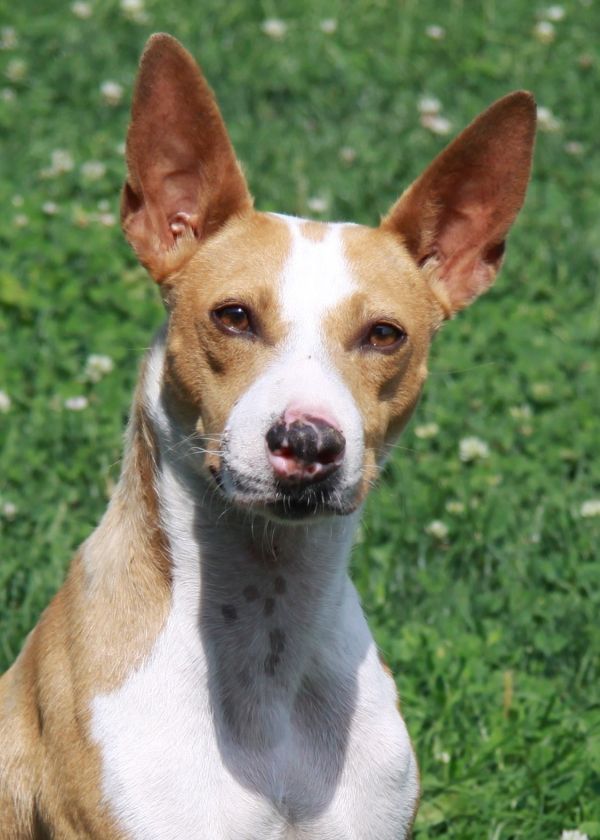

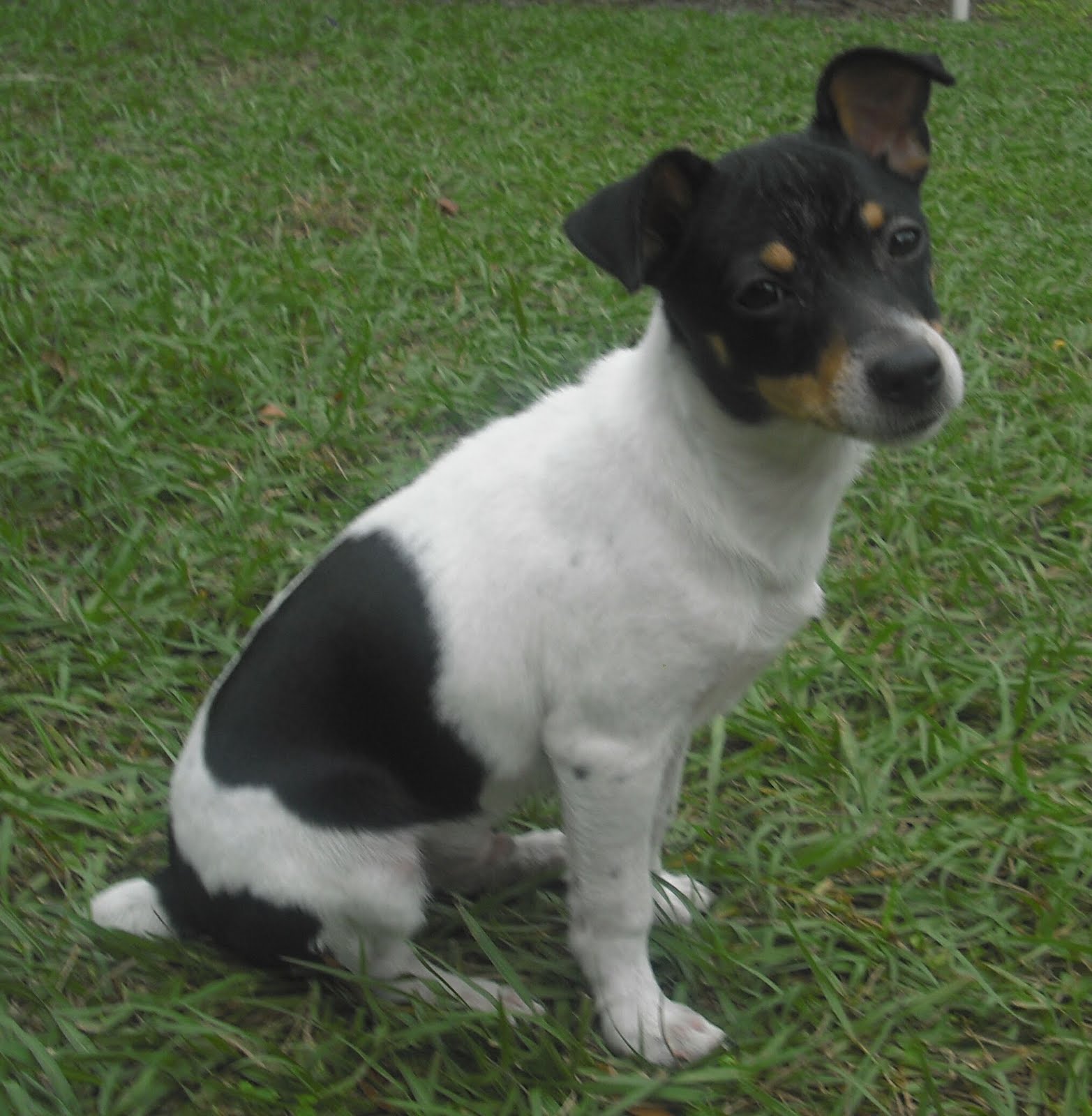












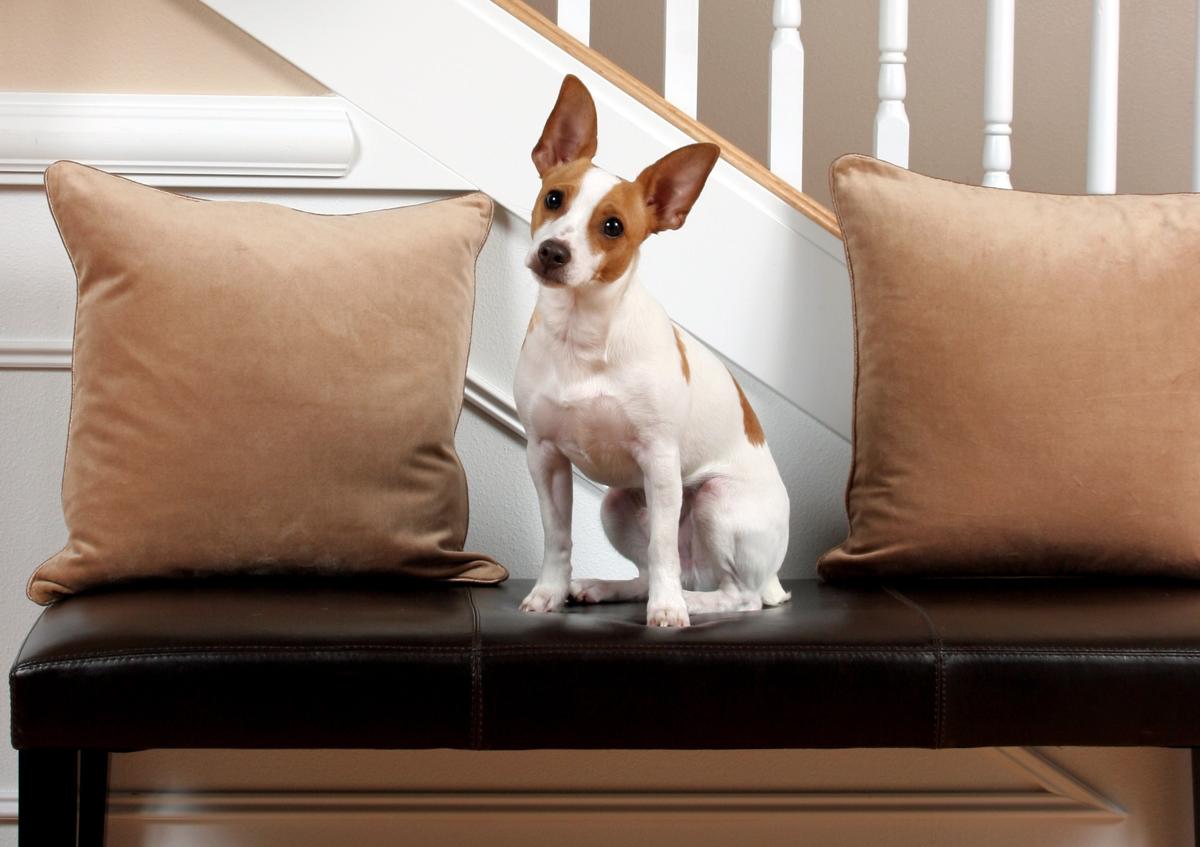






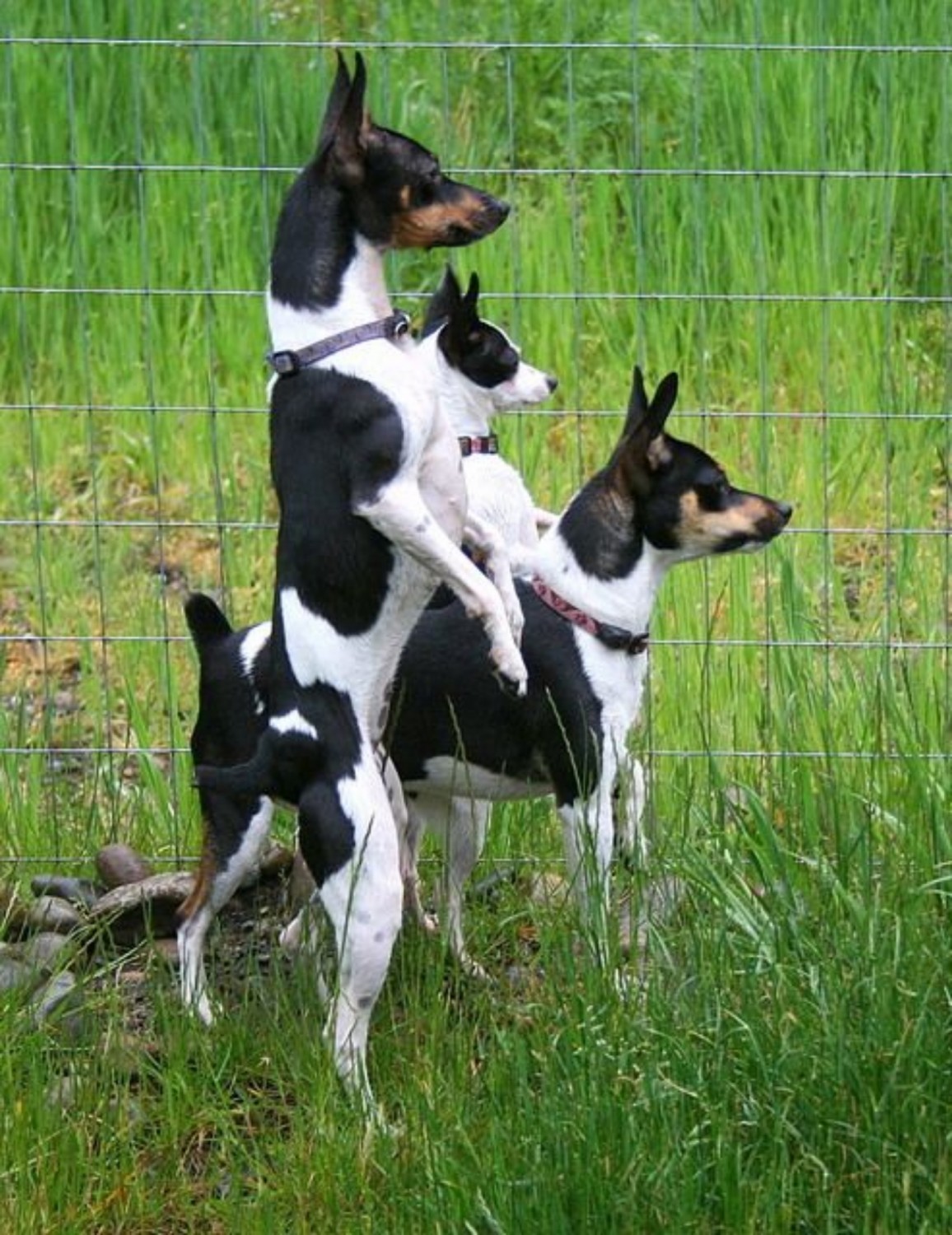
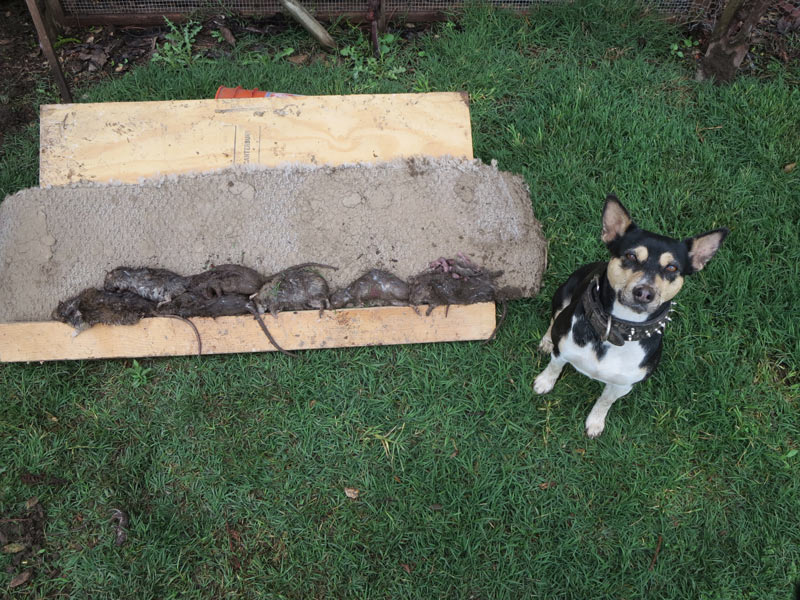
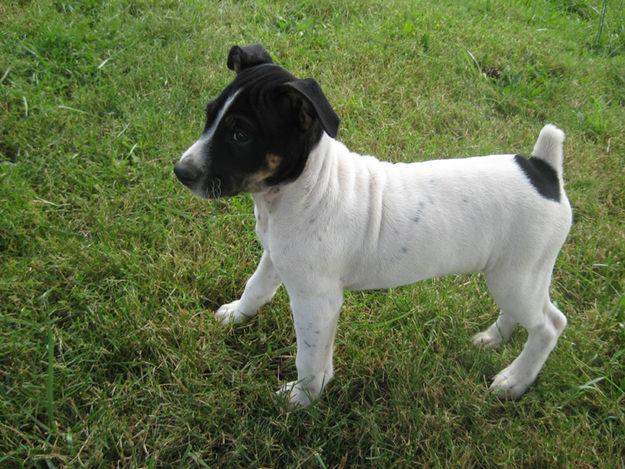



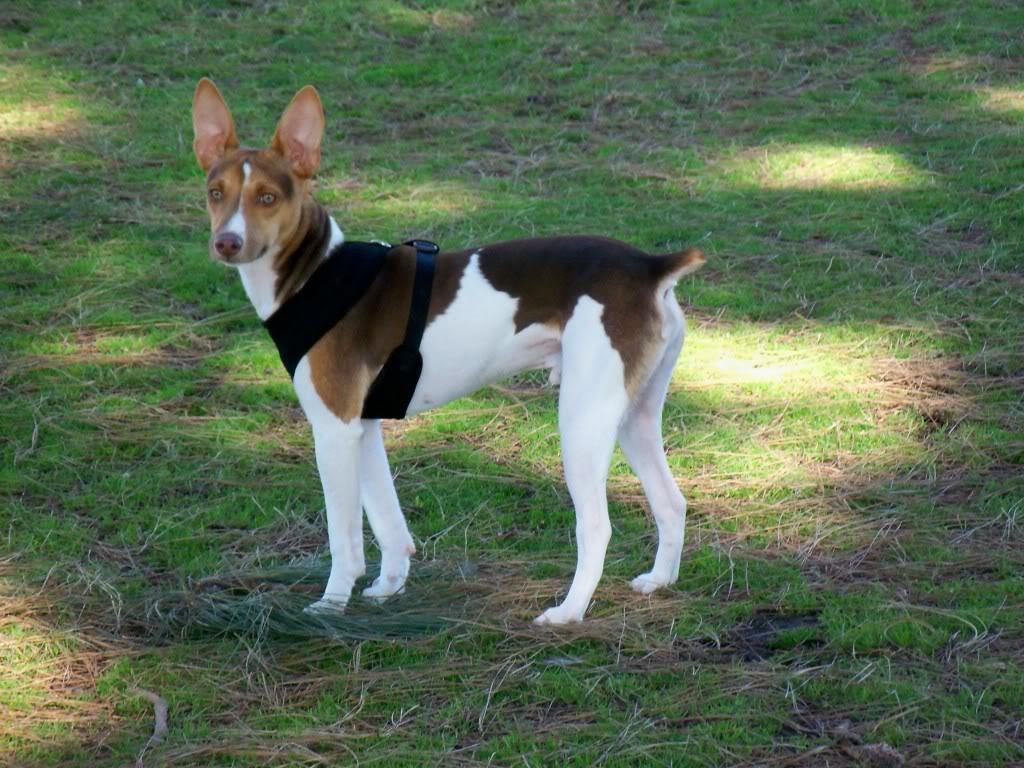


No comments:
Post a Comment
Note: Only a member of this blog may post a comment.